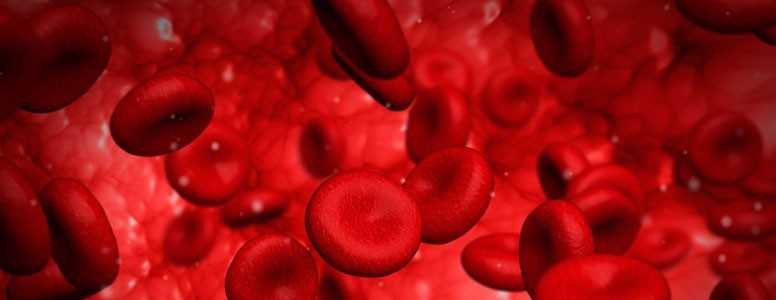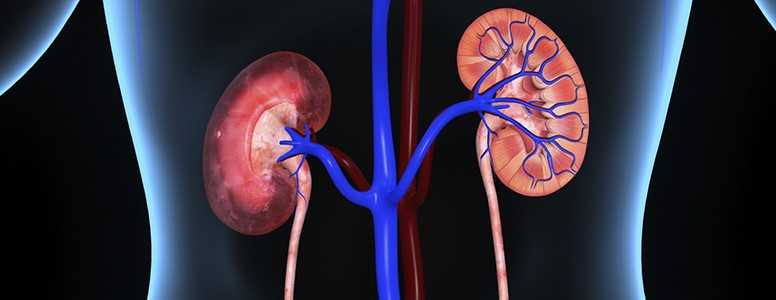A team of scientists from Harvard Medical School and Massachusetts General Hospital has suggested that, while reliable, the HbA1c test – commonly used to gauge blood sugar averages over the past three months – could be more accurate if it took into account the lifespan of red blood cells.
In a study published recently in the journal Science Translational Medicine, the researchers show that not factoring the age of each patient’s red blood cells into HbA1c estimations lead to identical readings for people with average blood sugar levels that can differ by as much as 0.8 mmol/l (15 mg/dl).
The HbA1c test is currently considered by physicians the gold standard for estimating three-month blood sugar fluctuations. It is calculated by measuring hemoglobin to which glucose is bound in red blood cells over an extended period of time.
The average lifespan of red blood cells is about 120 days, or four months, but various factors can affect this value, such as Nutrition, stress and disease.
The researchers estimated the influence of age-related variation in red blood cells by comparing the HbA1c test results of 200 patients.
They found inaccuracies in the estimates of a third of these participants which could stem from individual variations in the lifespan of their red blood cells.
In their experiment, the scientists incorporated the patients’ red blood cell age into HbA1c testing to calculate new estimates of their average blood sugar. They then compared them to blood sugar values obtained from a continuous glucose monitor.
The results revealed that the HbA1c test can lead to similar results for people having quite widely divergent blood sugar levels.
The HbA1c test provided values that were significantly off target by 0.8 mmol/l or more in one out of three patients. Once corrected for red blood cell age, however, the error rate was reduced to one in 10 patients.
For example, one patient had his HbA1C measured initially at 65 mmol/mol (8.1%), leading to an estimated blood sugar level of 10.3 mmol/l. When the researchers factored in the person’s red blood cell age of only 45 days, the estimate went up to 11.6 mmol/l.
Overall, this study shows that combining red blood cell age with HbA1c measurements could boost the accuracy of glucose testing.
HbA1c is generally accurate, however, any improvements in the accuracy of the test could have advantages, particularly towards identifying new cases of prediabetes and type 2 diabetes.
What's new on the forum? ⭐️
Get our free newsletters
Stay up to date with the latest news, research and breakthroughs.





